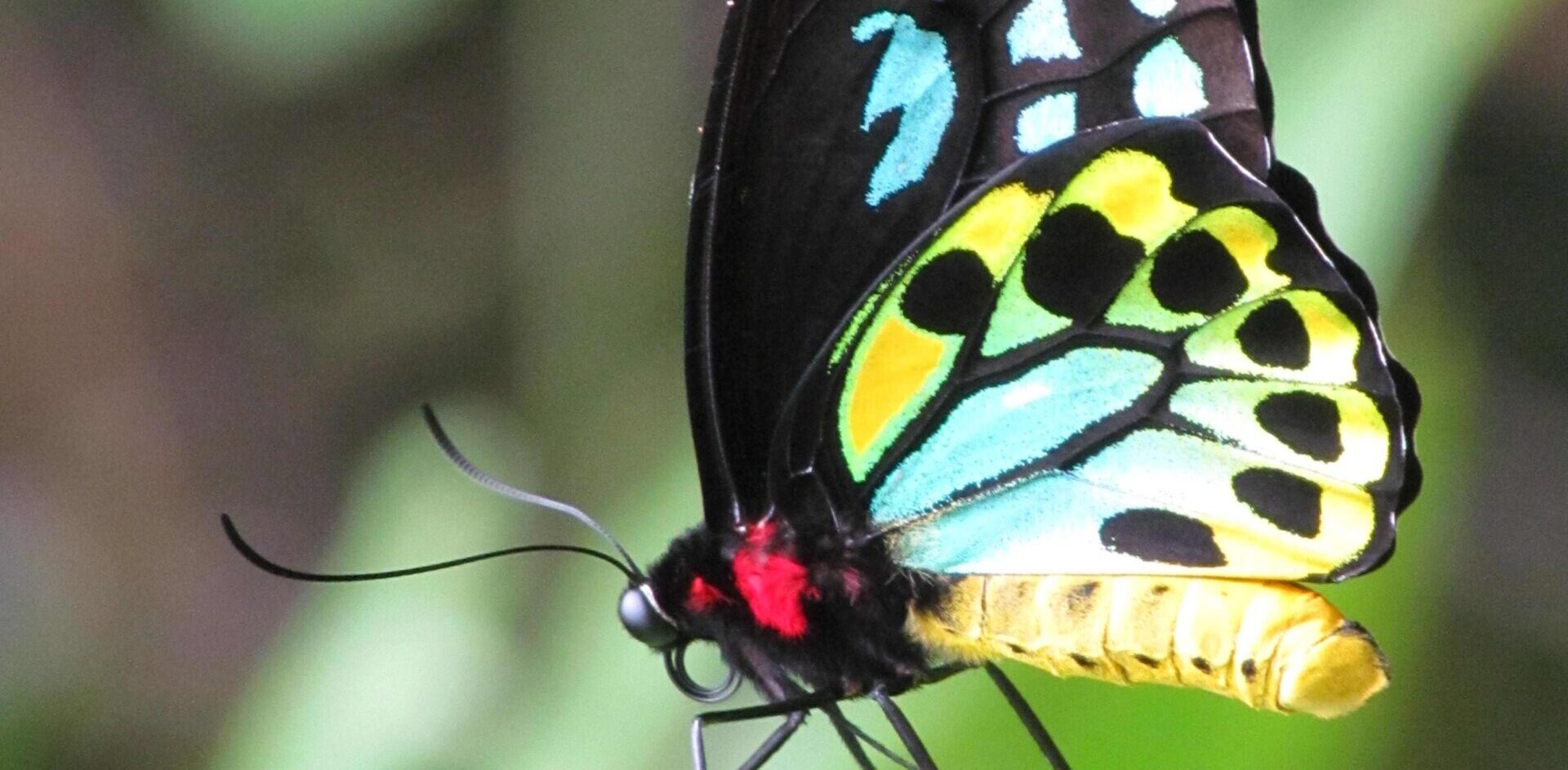The Newsletter of Humane World for Animals' Wildlife Land Trust • Issue 30 • 2025 Read More
It started in Quito in Ecuador! That was where the Convention for the Conservation of Migratory Species last met. That was in November 2014 and that was when this major international body really started to engage wholeheartedly with marine species and the threats facing them. No less than twenty one shark and ray species were added to the convention’s appendices. Now, at its latest Conference of Parties in Manila in the Philippines which has just finished there has been again a major marine focus, including proposals for yet more fish!
The CMS agreement lists threatened species in two appendices. Those threatened with extinction are listed on Appendix I and the convention member nations are then required to address threats to them, including ending any hunting or other deliberate killing (with some small potential exceptions). Species that need or would significantly benefit from international co-operation are listed in Appendix II of the Convention, and for many this leads to the development of global or regional agreements. Species can therefore be listed on both appendices. CMS also aims to help better understand and address threats, such as pollution, including that caused by marine debris.

HSI took part in discussions between delegates and NGOs at the meeting by offering advice, information and encouragement to the countries in support of the proposals for animals.
The marine species that were added to the CMS appendices at this meeting were:
- The whale shark (found in the waters of the CMS host country) added to appendix I
- The dusky shark – added to II
- The blue shark – added to II
- The angelshark – added to I and II
- The common guitarfish – the Mediterranean population was added to I and the entire species to II
- The White-spotted wedgefish – added to II, and one marine mammal,
- The endangered Caspian Seal which was added to I and II
All of these proposals were agreed unanimously (despite some concerns expressed by New Zealand and Norway on the blue shark and Australia on the wedgefish proposals), making this again a very important summit for the planet’s seas and oceans. Also on the agenda were proposals aimed at addressing the threats posed by marine noise pollution, climate change and overly enthusiastic marine ecotourism (including getting in the water to ‘swim with’ animals). All of these proposals were debated, improved and accepted. It was also agreed to initiate conservation work for the whales and dolphins of the Red Sea and continue a work programme looking at the role of culture in the conservation of these species.

CMS COP12 attracted over 1,000 participants, including 234 delegates from 91 Parties as well as 35 from non-Parties.
The successes for marine species were echoed by similar developments for terrestrial ones including proposals for a number of iconic African mammals which whist they drew hot debate were concluded with the giraffe, lion, leopard and chimpanzees added to the appendices – as the first step in CMS’s involvement in generating international, transboundary action for them.
All in all it was a highly successful conference for those animals that live in our seas – some of them very little known – and some of the best known land-dwelling mammals.


